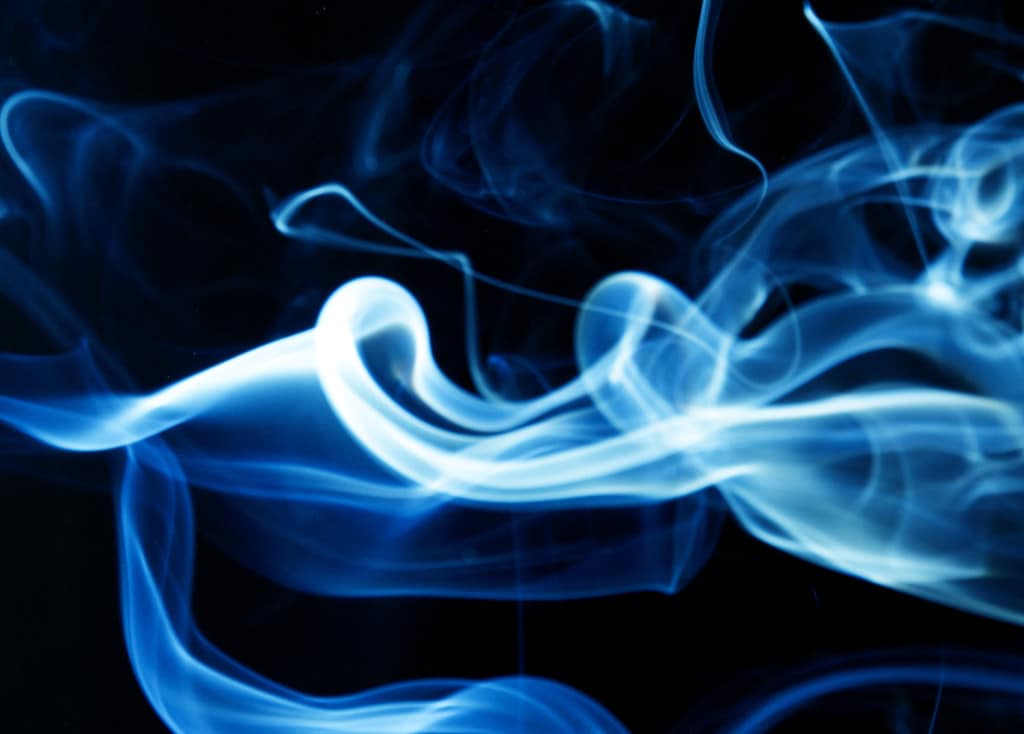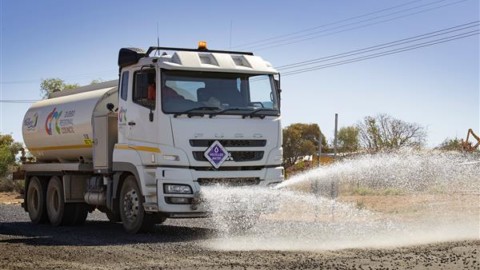Australia’s national science agency, the CSIRO, has released a report on greenhouse gas emissions from Australian coal seam gas (CSG) production wells.
The study was undertaken due to the fact that coal seam gas (CSG) is a rapidly expanding industry in Australia but very little measurement based information was previously available regarding fugitive emissions from the CSG production process.
The report, Field Measurements of Fugitive Emissions from Equipment and Well Casings in Australian Coal Seam Gas Production Facilities, prepared for the Department of the Environment, involved CSIRO scientists measuring fugitive methane emissions from a number of production wells in Queensland and NSW.
To provide quantitative information on emissions from coal seam gas (CSG) operations, CSIRO and the federal Department of the Environment initiated a project to measure emissions from a range of production wells in Queensland and New South Wales.
Emissions at 43 CSG wells were measured throughout the study– 37 in Queensland and six in New South Wales.
Some key findings were as follows:
- Of the 43 wells examined, only three showed no emissions.
- The remainder had some level of emission, but generally the emission rates were very low, especially when compared to the volume of gas produced from the wells.
- Although low levels of fugitive emissions were detected from most of the wells studied, no emissions were found to emanate from the well casing. Many of the leaks detected were preventable and easily fixed.
The report states: “As a rule of thumb, if fugitive emissions are below 1-2 per cent, natural gas has lower greenhouse gas emissions compared with coal (based on current technologies). Above about 4 per cent fugitive emissions, the greenhouse benefits are lost. The average emissions rate for this study equated to approximately 0.02 per cent of the total gas produced.
“Although this is a very low figure, it’s important to note that this is only a pilot study, encompassing less than 1 per cent of the existing CSG wells in Australia. Another important consideration is that emissions were only measured from well pads, so cannot give a full representation of the whole-of-life emissions.
“This work will significantly add to the knowledge base about emissions in Australia and help to better characterise Australia’s CSG emission profile. To fully characterise emissions, however, a larger sample size would be required and measurements would need to be made over an extended period to determine temporal variation.”
Nevertheless the emission levels in the report were much lower than recent estimates of methane emissions from gas production in the United States.
Actual measurements obtained by the CSIRO also provide support for the veracity of estimating methodologies used under the National Greenhouse and Energy Reporting Scheme (NGERs).
The CSIRO found that actual measurements for identified equipment leaks yield emission factors that are consistent with those used in the NGERS methodology for estimating equipment leaks (NGERS Method 1). Since the inception of the National Greenhouse and Emissions Reporting Act in 2007, the industry has implemented all requirements of the Act and measured, estimated and reported greenhouse gas emissions in accordance with its provisions.
APPEA Chief Executive, David Byers said: “This is an important and technically rigorous study conducted by the CSIRO. While the study notes there are a number of other areas requiring further investigation, it is significant that these initial findings based on actual measurements show fugitive emissions are a small fraction (less than 0.02{87a03eb4327cd2ba79570dbcca4066c6d479b8f7279bafdb318e7183d82771cf}) of CSG production.
“Natural gas is up to 70 per cent cleaner than traditional energy sources and there are substantial environmental benefits associated with expanding natural gas production, including CSG production. Developing Australia’s substantial natural gas resources for domestic and export use will have significant environmental and economic benefits, both in Australia and throughout energy-hungry export markets.
“In order to realise these benefits, APPEA will continue working with the Australian Government on further development of its climate change policy response to recognise the low emissions benefits of natural gas and to enhance Australia’s international competitiveness as a destination for oil and gas investment.”


















